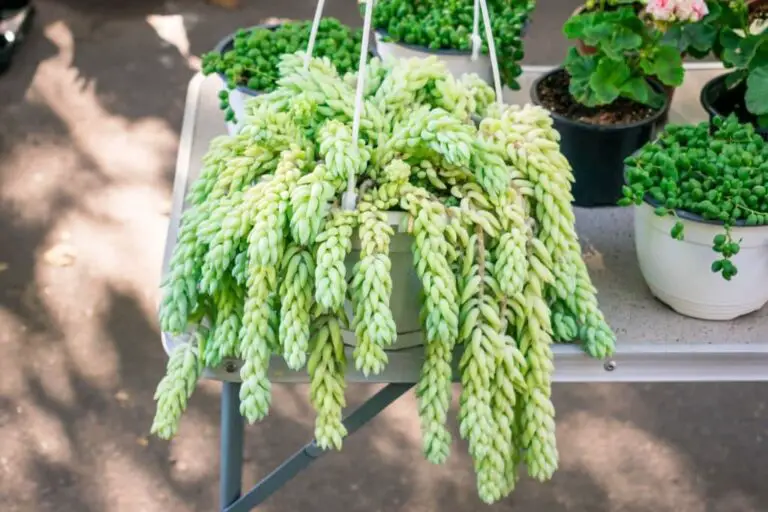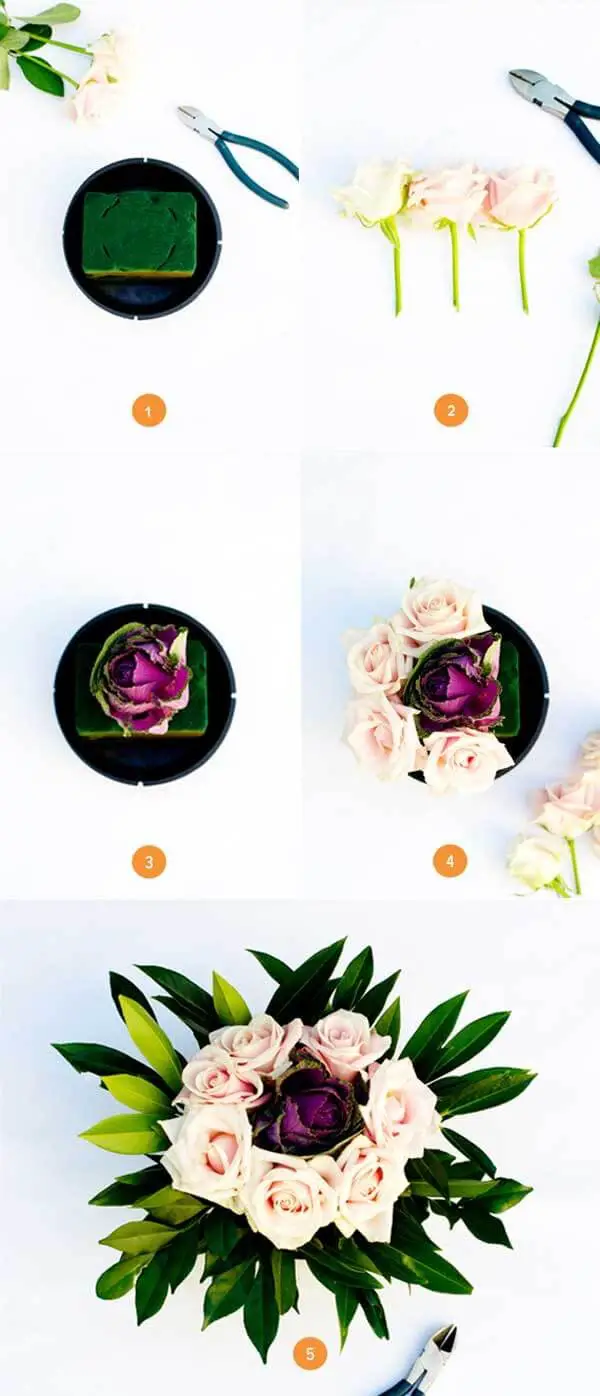How To Finish A Loom Weaving Project
As you complete your weaving project, the final row brings a sense of accomplishment. Whether it’s a traditional plain weave or something more intricate like a basket weave or chevron design, the finished product is now ready to be carefully wrapped up. Finishing a woven piece involves three key steps: removing the completed fabric from the loom, securing any stray threads, and displaying your work with pride. Let’s break down each of these stages in detail.
How to take the weave of the loom
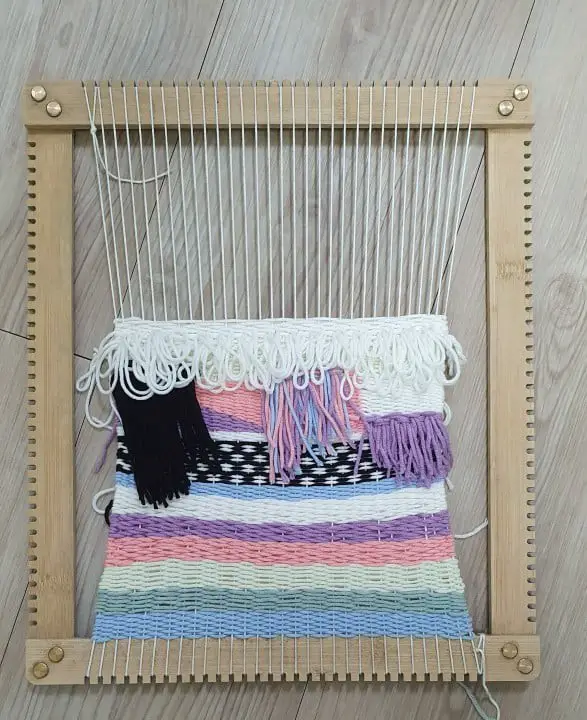

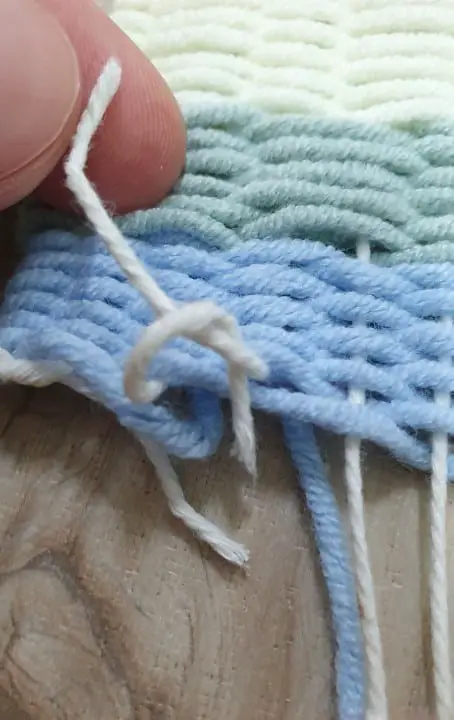

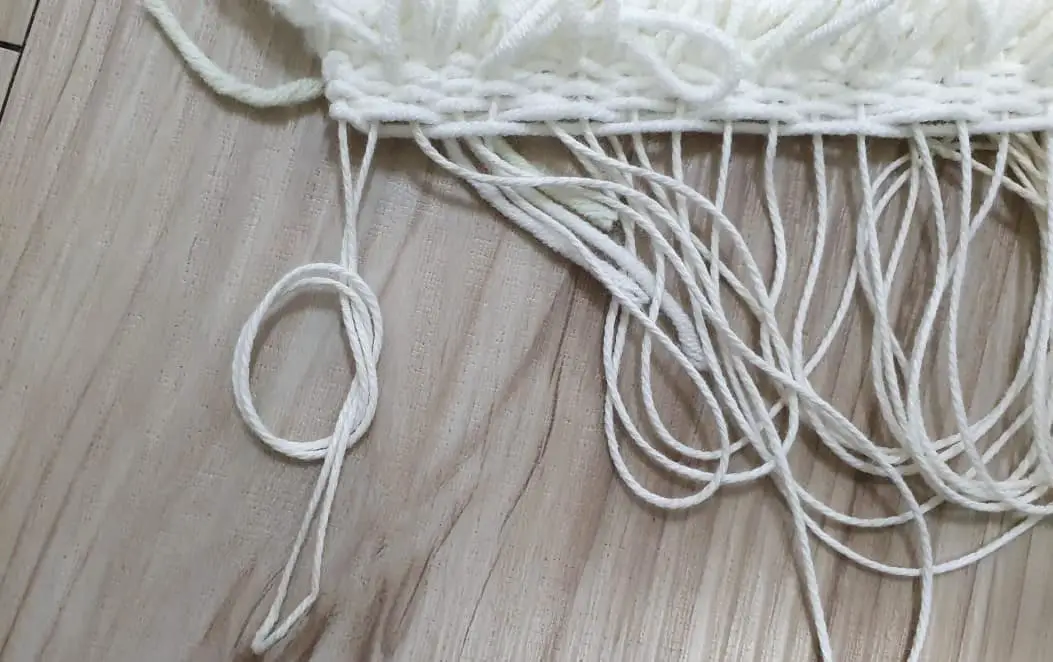
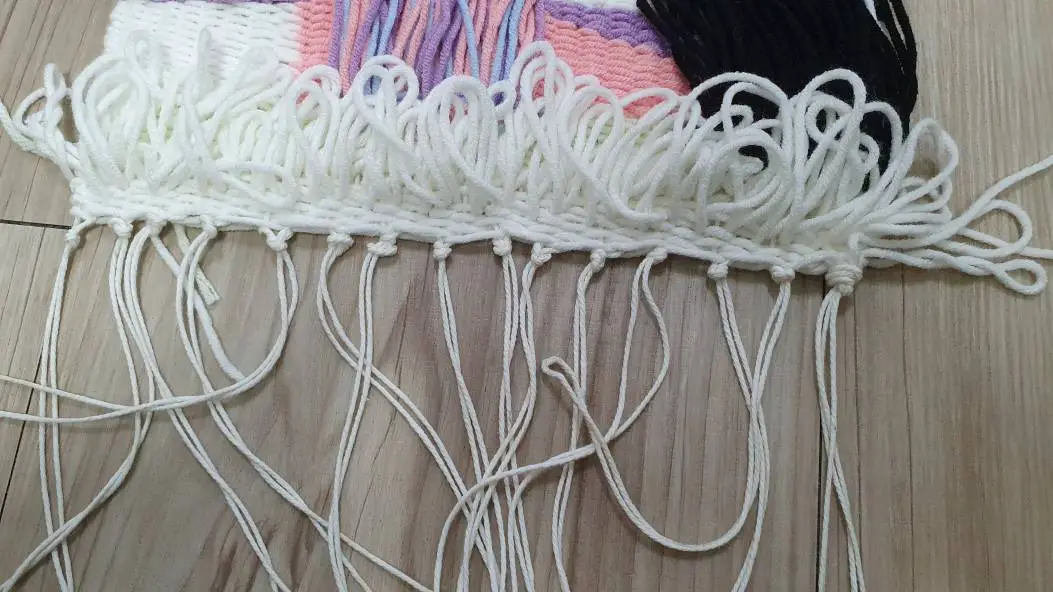
When your weaving project reaches its conclusion, you’re free to finish it whenever you feel ready. If you’re working with a notched loom, simply push the loops over each notch to release the warp from the loom. Alternatively, if that’s not feasible, cutting each loop or knot will also allow you to remove the warp. To prevent your finished weave from unraveling, it’s essential to secure any loose warp threads. This can be achieved by tying knots between adjacent warp threads, using a simple knot for shorter threads and an overhand knot for longer ones – just ensure these knots are placed beside the weave, not in its midst. If you’re concerned about the visual appeal of these knots at the top or bottom of your piece, consider employing the hemstitch instead.
How to weave in loose threads
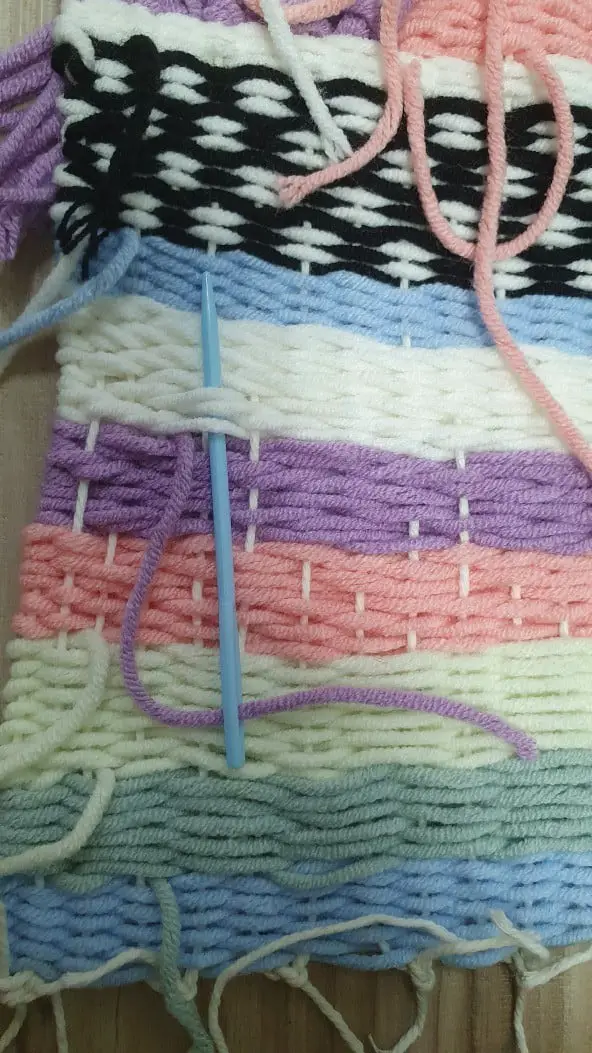

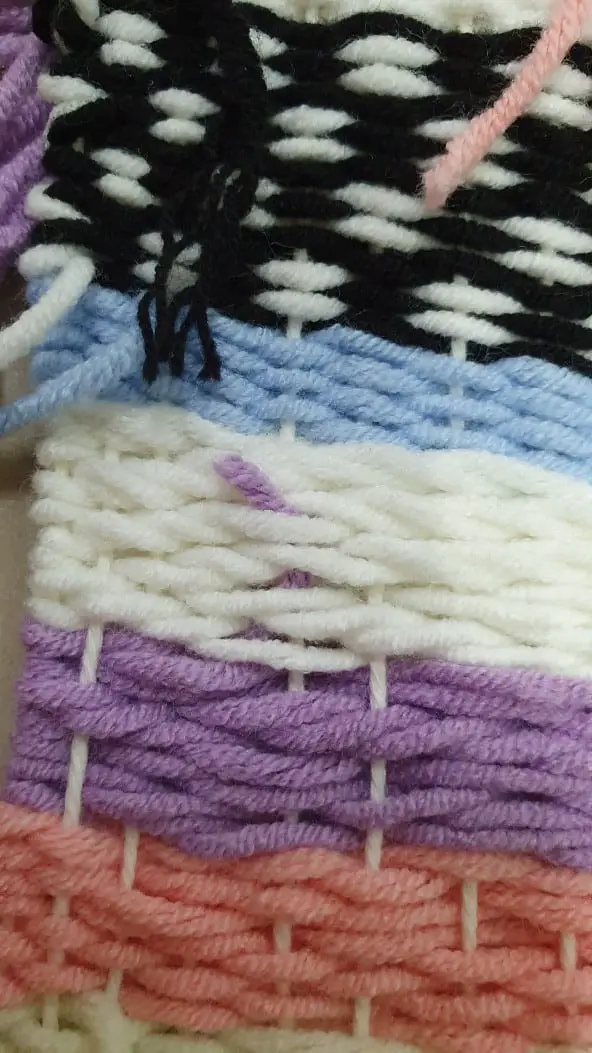
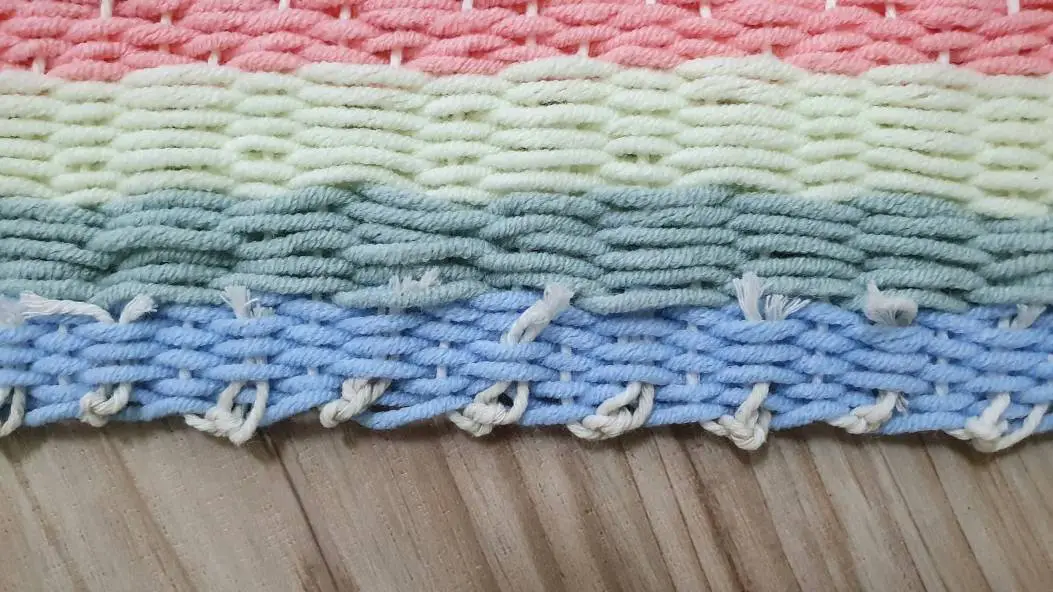
When it comes to securing both loose warp and weft threads in your weaving project, you have a couple of options. On one hand, you can weave the weft threads into the back of the fabric to keep them from coming undone. This involves threading the weft yarns through the warp threads, making sure they’re securely fastened. In contrast, loose warp threads are typically woven back in simply to conceal them and maintain a neat appearance. If you have a weaving needle or similar tool at your disposal, using it to weave the loose ends back into place is a straightforward process. The key is to weave the loose yarns behind a warp thread, which helps distribute the tension evenly across the fabric. Once you’ve secured the loose ends by weaving through 2-4 rows, you can then cut off any remaining excess yarn. As you can see from my own example below, securing warp threads in this way yields similar results.



